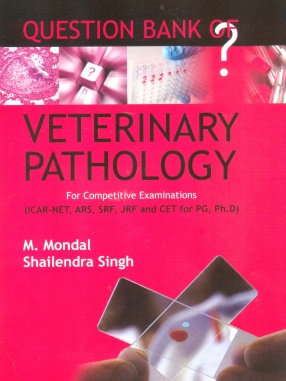Animal Physiology
The word life is the essence of the biological sciences and yet has no clear definition. We seem to recognize instinctively what is alive and what is not alive on earth, but we founder when contemplating how alien life on another planet could be recognized. How might we define life ? Most attempts to define it focus on the functions of living systems, that is, on the dynamic processes that life forms have and that nonliving things do not. Living things organize themselves using energy and raw materials from their surroundings, maintain integrity in the face of disturbances, and reproduce. Such abilities are what physiology is all about-the study of the functions of organisms, or how life works. Promoting a conceptual understanding and taking an integrative systems approach, this valuable book illustrates the individual organization as well as the collective interdependence of each complete physiological system. This book provides the rich information resources needed to the students who seek their career in animal health and sciences.
Contents: Preface. 1. Animal anatomy. 2. Animal morphology. 3. Cell structure of animals. 4. Molecular cell biology. 5. The interdependence of metabolic processes. 6. Heme biosynthesis. 7. Physiological aspects of animals. 8. Carbohydrate metabolism. 9. Health and disease. 10. Animal breeding. 11. Whole body regulation and endocrine system. 12. Reproductive system and mating behavior. 13. Adaptation of animals to their environment. Bibliography. Index.
Get it now and save 10%
BECOME A MEMBER











Bibliographic information